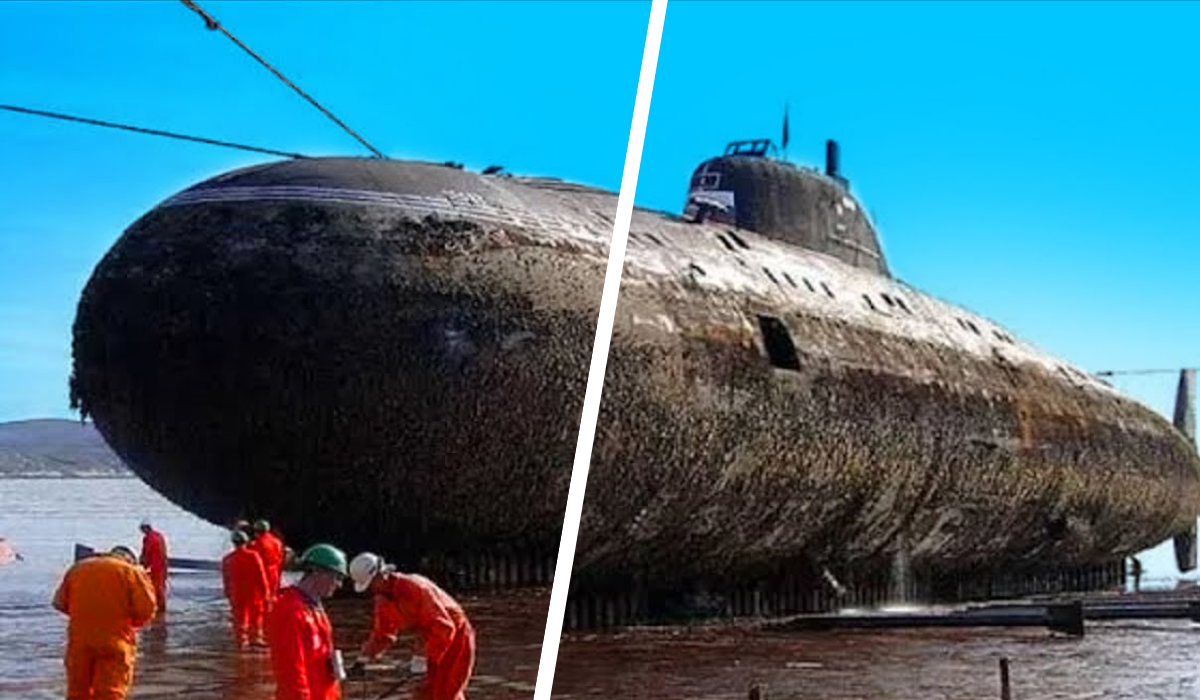The Canal Saint-Martin, a historic and picturesque waterway in Paris, has recently made headlines due to an extensive cleaning operation. This 4.5-kilometer canal, known for its beauty, has also gained a reputation for being one of the dirtiest in the city.
After being drained for the first time in over two decades, the canal revealed a trove of fascinating artifacts and debris, igniting the curiosity of both residents and historians alike.
A Brief History of the Canal Saint-Martin
Constructed under the orders of Napoleon in 1802, the Canal Saint-Martin served two primary purposes: supplying fresh water to Paris’s growing population and facilitating commerce.
The funding for its construction was ingeniously sourced through a tax on wine, a reflection of the city’s rich cultural heritage. Over the years, however, the canal has become overwhelmed with waste, transforming from a vital waterway into a dumping ground.

The Cleaning Operation
In a significant effort to restore the canal, city authorities undertook a major cleaning initiative, the first since 2001. This operation involved draining the canal and allowing workers to access its bed, where they began the laborious task of removing debris. The results were staggering, with over 40 tons of waste extracted from the waterway.

What Was Discovered?
The cleaning process unveiled a bizarre assortment of items, ranging from mundane to historically significant. Among the debris were thousands of wine bottles, abandoned bikes, and mopeds, some of which appeared to have been discarded only recently. However, many artifacts dated back decades, offering a glimpse into the past.
The Historical Significance of the Artifacts
While the majority of items retrieved were everyday objects, they carried a certain historical dignity. For the workers involved, it felt like wading into the city’s rich history, with each piece telling a story of its own. Residents flocked to the canal to witness the discoveries, eager to see what else might emerge from the depths.

Impact on Local Wildlife
The canal is not just home to artifacts; it also supports aquatic life. During the cleaning, city workers took care to relocate over four tons of fish to safe areas, ensuring that the local ecosystem was preserved amidst the restoration efforts.
This consideration for wildlife highlights the city’s commitment to maintaining a balance between urban development and environmental conservation.
Remarkable Finds from the Past
Among the more extraordinary items discovered were old boom boxes, vintage cameras, and even artifacts dating back to World War I.
These included coins, an unexploded shell, and a car, each adding layers to the narrative of the canal’s history. The presence of such significant objects raises questions about the stories they hold and the lives they once touched.

The Community’s Response
The response from the local community has been overwhelmingly positive. Residents expressed fascination and excitement as they gathered to observe the cleaning process. The engagement of the public reflects a deep-seated appreciation for the canal’s history and its role in the city’s identity.
Looking Ahead: The Future of the Canal Saint-Martin
With the cleaning operation still ongoing, there is no telling what other artifacts may be unearthed. The city’s commitment to restoring the Canal Saint-Martin not only aims to beautify the area but also to honor its historical significance.
As the canal is revitalized, it’s poised to become a symbol of Paris’s rich heritage and a reminder of the importance of preserving our urban waterways.

Conclusion
The recent cleaning of the Canal Saint-Martin has uncovered a treasure trove of artifacts and has sparked a renewed interest in the history of this iconic waterway.
As the city continues its efforts to restore the canal, it serves as a reminder of the stories hidden beneath the surface of our urban landscapes. The canal not only represents a vital resource for Paris but also a bridge to the past, connecting the present with the rich tapestry of history that defines the city.







